Importance of crossing in football
Crossing plays a crucial role in the game of football, as it allows teams to create scoring opportunities by delivering the ball into the opponent's penalty area. A well-executed cross can lead to goals and provide a significant advantage for the attacking team. Whether it's a low, driven cross or a high, looping cross, mastering the art of crossing can greatly enhance a team's attacking prowess. It requires precision, timing, and effective communication between the crosser and the players in the box. Therefore, incorporating crossing drills in soccer training sessions is essential for coaches looking to improve their team's offensive capabilities.
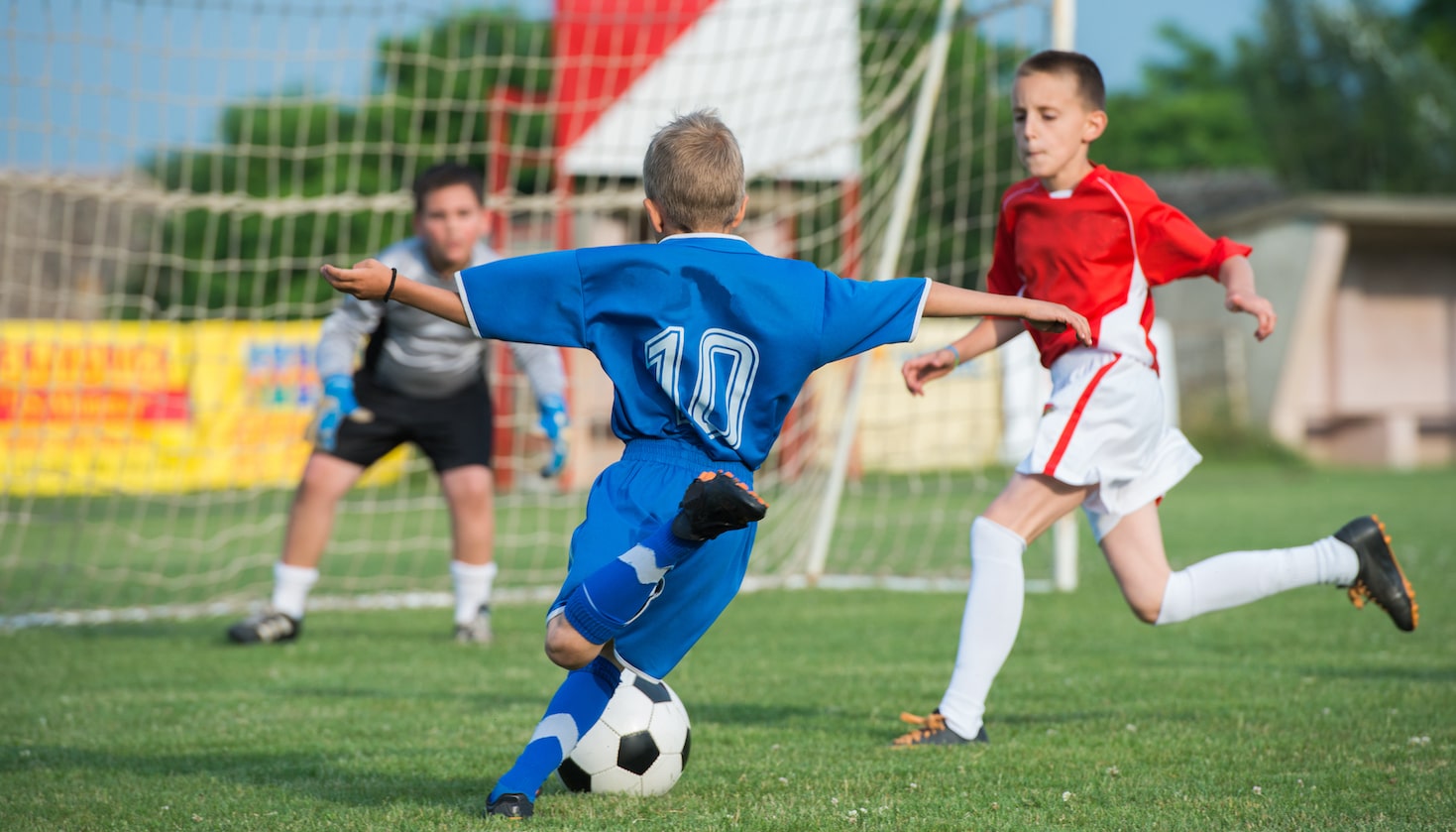
Benefits of incorporating crossing drills
There are several benefits to incorporating crossing drills into soccer training sessions. These drills not only help players improve their crossing technique but also enhance their overall understanding of the game and their ability to create scoring opportunities. Let's take a closer look at some of the key benefits:
1. Improves crossing technique: Crossing drills provide players with the opportunity to practice and refine their crossing technique. They can work on their accuracy, power, and timing, ensuring that they deliver the ball into the desired area with precision. By repeatedly performing these drills, players can develop muscle memory and improve their ability to execute successful crosses during matches.
2. Enhances decision-making skills: Crossing drills require players to make quick decisions based on the movements of their teammates and opponents. They must assess the positioning of their teammates in the box, the positioning of the defenders, and choose the appropriate type of cross to deliver. These drills help players develop their decision-making abilities and improve their on-field awareness.
3. Develops communication and teamwork: Successful crossing requires effective communication and understanding between the crosser and the players in the box.
Basic Crossing Drills
Single Player Crosses
Single player crosses drills are a great way to introduce players to the basic mechanics of crossing. These drills focus on the individual player's technique and allow them to practice delivering accurate crosses from different areas of the field.
One simple drill is the "cone target drill." Set up a cone on the opposite side of the field, representing the target for the cross. The player starts by dribbling towards the cone, then stops and quickly crosses the ball with their preferred foot. They should aim to deliver the ball with accuracy and power, hitting the cone as close to the target as possible. This drill can be repeated multiple times from different positions on the field to improve the player's ability to cross from various angles.
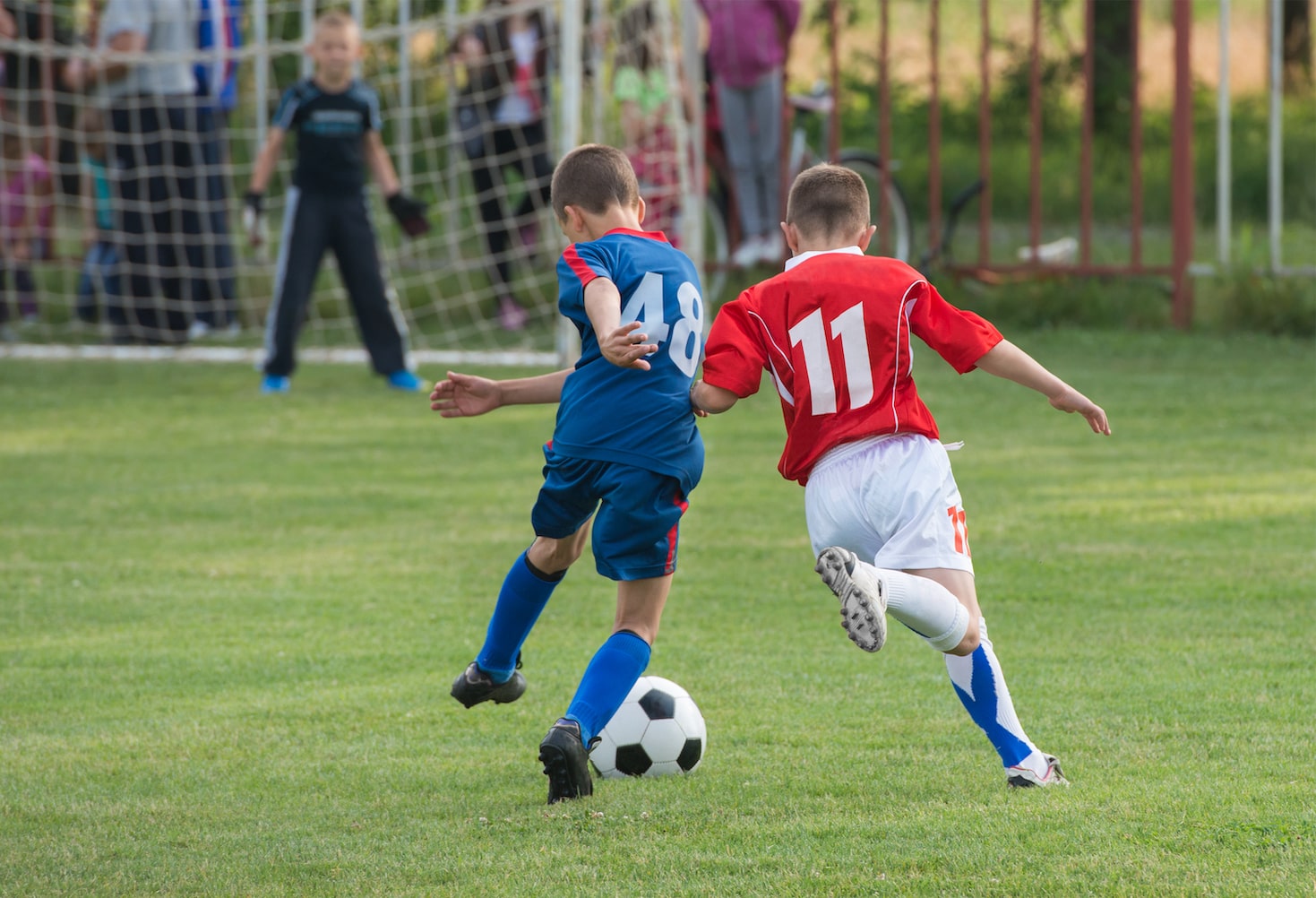
Another effective single player crosses drill is the "running crosses drill." In this drill, the player starts by dribbling towards the goal line from a wide position. As they approach the line, they must quickly cross the ball into the box. This drill focuses on the timing and technique of crossing while in motion. Coaches can encourage players to experiment with different types of crosses, such as low-driven crosses or high-arching crosses, to add variety to their deliveries.
Two-player Combination Crosses
Two-player combination crosses drills are an excellent way to simulate game situations and encourage teamwork and communication between players. These drills involve two players working together to create scoring opportunities through well-executed crosses.
One effective drill is the "give-and-go cross." In this drill, Player A starts with the ball and passes it to Player B, who is making a diagonal run towards the goal line. Player A then quickly makes a run towards the box, while Player B crosses the ball into the box for Player A to attack. This drill emphasizes timing and coordination between the two players. Coaches can encourage players to vary the type of crosses they deliver, such as low crosses, high crosses, or cut-back crosses, to challenge their abilities.
Another two-player combination drill is the "overlapping cross." In this drill, Player A starts with the ball and passes it to Player B, who makes an overlapping run down the wing. Player B then crosses the ball into the box for Player A to attack. This drill not only improves crossing technique but also encourages players to recognize and exploit space on the field. Coaches can emphasize the importance of communication between the two players, as well as the timing and accuracy of the cross.
Coaching Tips: For two-player combination crosses drills, it is crucial for players to communicate effectively and understand each other's movements. Encourage players to use verbal and non-verbal cues to signal when and where they want the ball. Coaches can also emphasize the importance of timing.
Crosses from Wide Areas
Crossing from wide areas drills are essential for players to develop their ability to deliver accurate and effective crosses from the wing. These drills simulate game situations where players find themselves in wide positions and need to deliver the ball into the box to create scoring opportunities for their teammates.
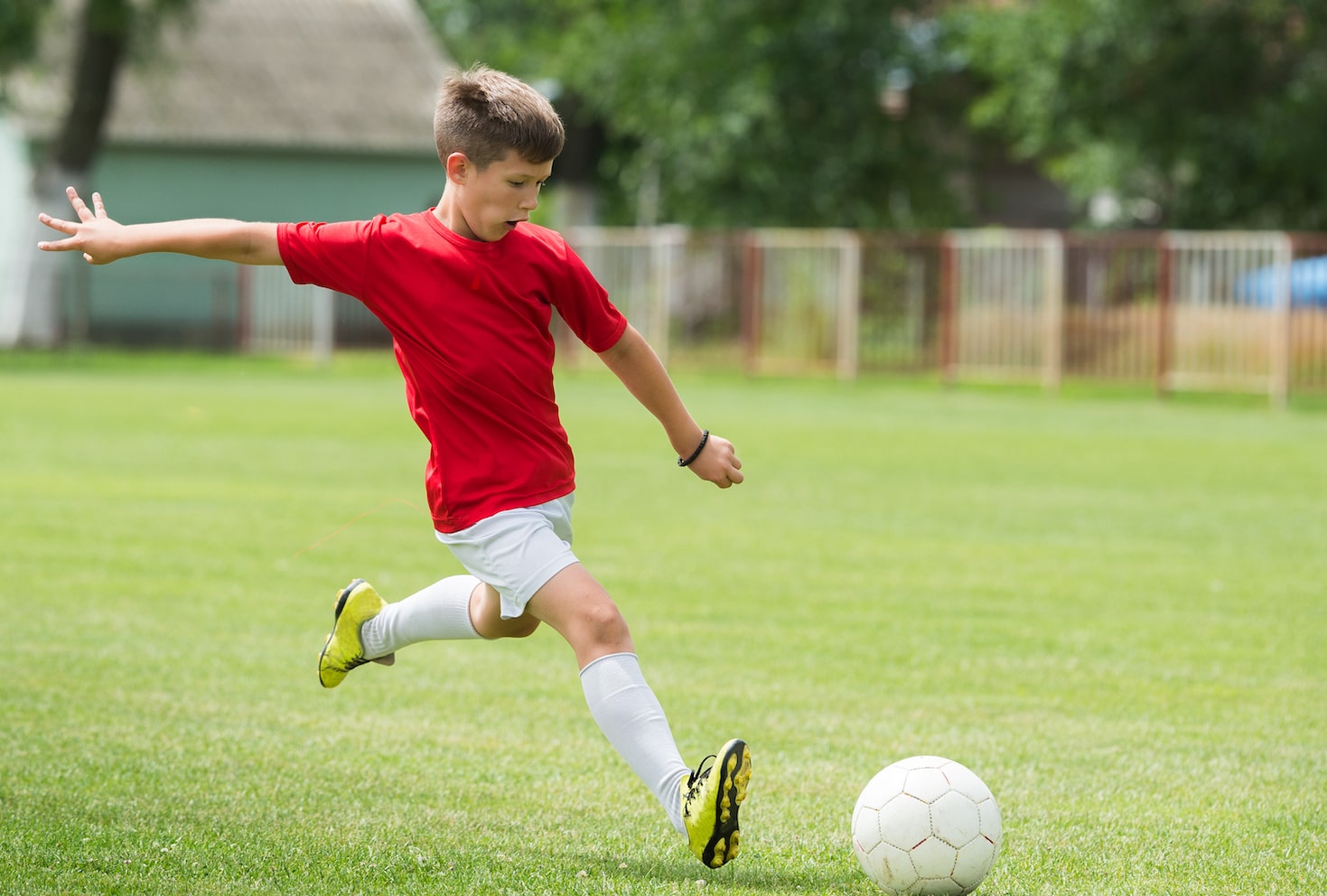
One common drill for crossing from wide areas is the "1v1 cross." In this drill, a player starts with the ball on the wing and is challenged by a defender. The objective is for the attacking player to beat the defender and deliver a cross into the box. This drill not only focuses on crossing technique but also encourages players to develop their dribbling and 1v1 skills. Coaches can provide feedback on the player's decision-making, positioning, and the quality of their crosses.
Another effective drill for crossing from wide areas is the "crossing accuracy challenge." In this drill, players are divided into two teams, with one team positioned in the box and the other team on the wing. The objective is for the players on the wing to deliver accurate crosses into the box, while the players in the box attempt to score from these crosses. This drill emphasizes the importance of precision and accuracy when crossing the ball, as well as the ability of the attacking players to finish the crosses. Coaches can provide feedback on the quality of the crosses, the movement of the players in the box, and their finishing abilities.
Advanced Crossing Drills
Overlapping Runs and Crosses
Overlapping runs and crosses drills are advanced exercises that focus on creating attacking opportunities through coordinated movement and precise crosses. In these drills, players practice overlapping runs, where one player runs ahead of a teammate in possession of the ball and provides an additional passing option. This creates an overload situation for the defending team and allows the overlapping player to receive the ball in a space that is difficult to defend.
To execute overlapping runs and crosses effectively, it is important for players to have a good understanding of each other's movements and timing. The player making the overlapping run needs to time their run to perfection, ensuring they are in the right position to receive the ball and deliver a cross. The player with the ball needs to have good vision and awareness to recognize the opportunity for an overlapping run and make the pass at the right moment.
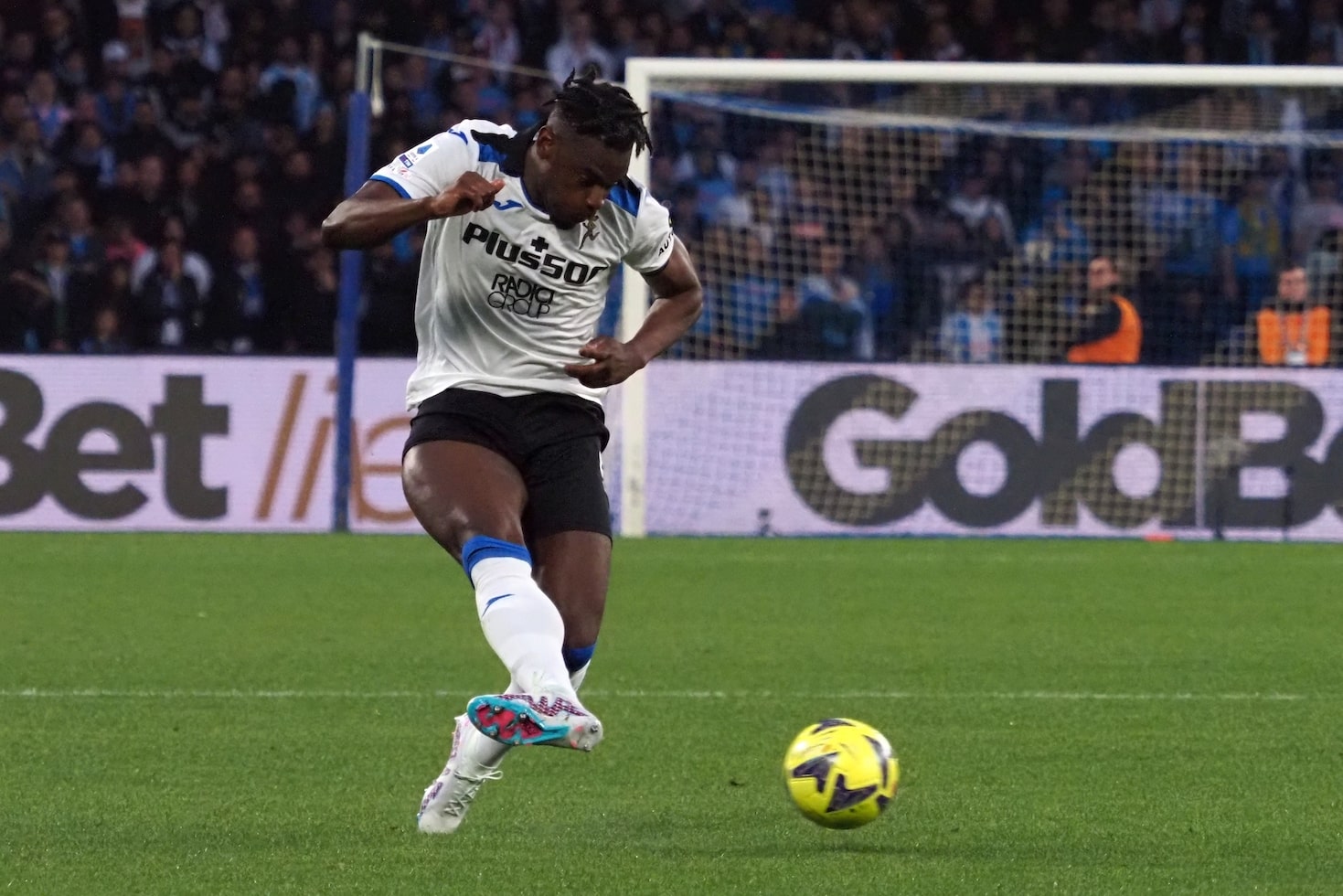
One common drill for overlapping runs and crosses is the "overlap and cross" drill. In this exercise, a player starts with the ball on the wing and is challenged by a defender. As the player with the ball dribbles towards the defender, a teammate makes an overlapping run on the outside. The player with the ball then plays a pass to the overlapping player, who delivers a cross into the box. This drill not only helps players develop their overlapping runs and crossing technique but also encourages communication and teamwork.
Coaches can provide feedback on the timing and execution of the overlapping run, the quality of the cross, and the movement of the players in the box. It is important to emphasize
Crosses under Pressure
Crosses under pressure drills are designed to simulate game-like situations where players have to deliver accurate crosses while being closed down by defenders. These drills help players improve their decision-making, composure, and technique when faced with defensive pressure.
One effective drill for crosses under pressure is the "two vs. one crossing" drill. In this exercise, two attacking players are tasked with delivering crosses while being closed down by a single defender. The attacking players must work together to create space and time for the cross, using quick passes and movement to outsmart the defender. This drill not only improves the technical ability of the attacking players but also enhances their communication and decision-making skills.
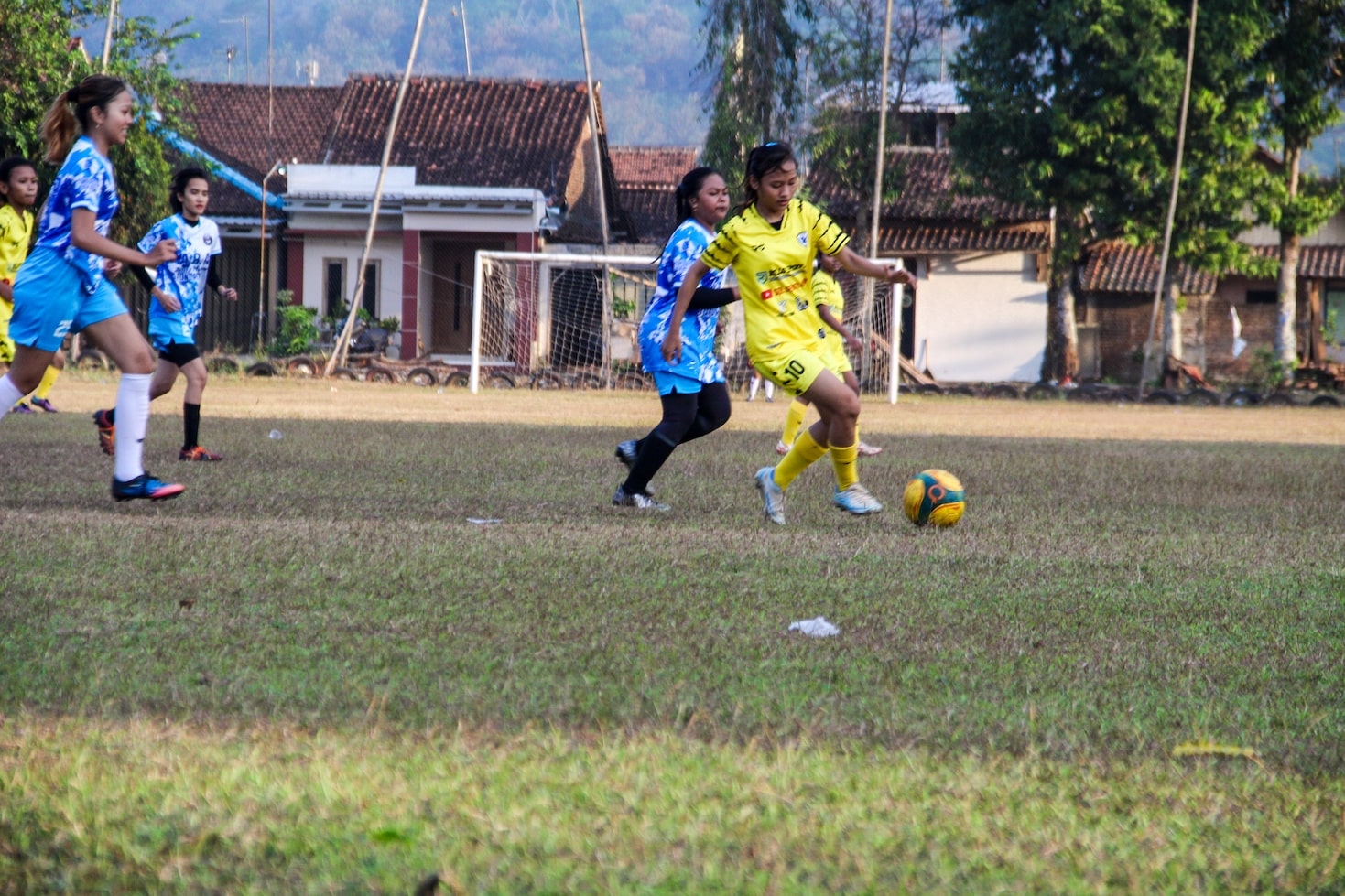
To make the crosses under pressure drills more challenging, coaches can introduce additional defenders or increase the intensity of the defensive pressure. This will test the players' ability to maintain composure and deliver accurate crosses under difficult circumstances. Coaches should provide feedback on the quality of the crosses, the players' ability to create space, and their decision-making under pressure.
Crosses from Deep Positions
Crosses from deep positions are an essential aspect of a team's attacking strategy. These crosses are often delivered by fullbacks or wingers who have moved into deeper areas of the field to create width and provide an additional attacking option.
To effectively execute crosses from deep positions, players must first have the awareness to recognize when the opportunity arises. This requires good positioning and reading of the game. Once the player identifies the chance to deliver a cross, they need to assess the options in the box and make a decision on the type of delivery to use.
One useful drill to practice crosses from deep positions is the "deep cross and finish" drill. In this exercise, a fullback or winger receives the ball in a deep position and is tasked with delivering an accurate cross into the box. Meanwhile, attacking players make runs into the box to try and finish the cross. This drill not only helps players work on their crossing technique but also improves their timing and movement in the box. Coaches can provide feedback on the quality of the cross, the timing of the runs, and the finishing technique of the attackers.
Another important aspect of crosses from deep positions is the movement of the attacking players in the box. They must anticipate the cross, make intelligent runs, and position themselves in areas where they can have the greatest impact. Coaches can incorporate drills that focus on the movement of players in the box, such as the "box overload" drill.
Coaching Tips and Considerations
Player positioning and movement
Player positioning and movement are crucial when it comes to executing successful crosses in football. Players need to be aware of their positioning on the field and understand the dynamics of the game to recognize when the opportunity for a cross arises. They should also be able to read the movements of their teammates and opponents to make intelligent runs and create space for themselves or their teammates in the box. Coaches should emphasize the importance of off-the-ball movement and teach players how to position themselves effectively to receive crosses or make runs to attack the ball. Additionally, coaches can use drills that focus on player positioning and movement to improve their players' ability to execute crosses accurately and effectively. By providing feedback and guidance during these drills, coaches can help players develop a better understanding of how to position themselves for crosses and make the right movements to create scoring opportunities.
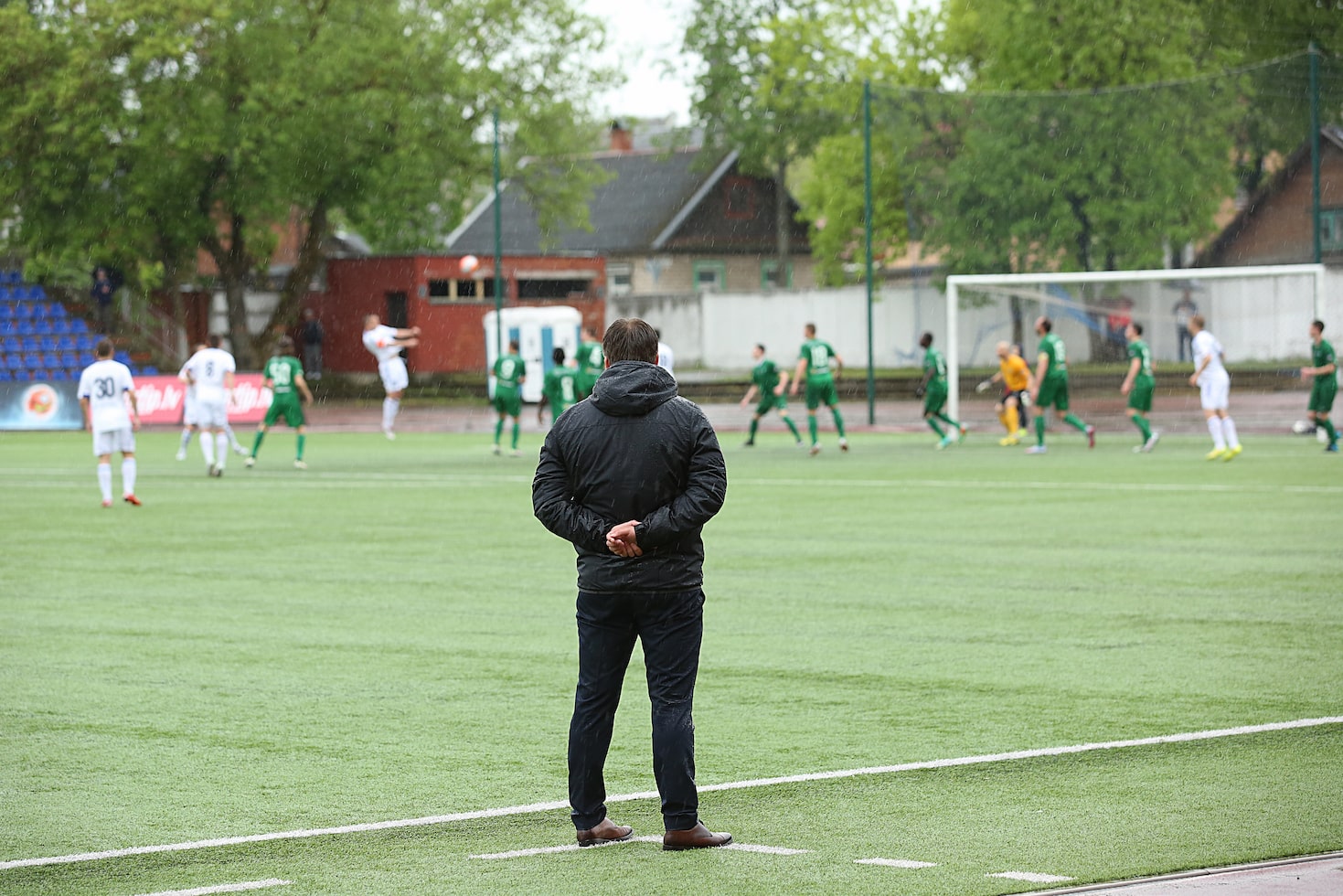
Communication and teamwork
Communication and teamwork are essential components of successful crossing drills in football. Players need to communicate with each other to coordinate their movements and execute effective crosses. They should be vocal in signaling their intentions and providing information to their teammates, whether it's calling for the ball or indicating where they want the cross to be delivered. Additionally, players must work together as a team to create scoring opportunities. This requires understanding each other's strengths and weaknesses, as well as developing a sense of trust and cohesion on the field. Coaches should encourage open communication and foster a positive team environment to enhance their players' ability to work together and execute successful crosses.
Practice variations and progressions
Practicing variations and progressions is an important aspect of developing players' skills and understanding of crossing drills in football. Coaches should consider incorporating different variations and progressions into their training sessions to keep players engaged and continually challenge them. For example, coaches can start with basic crossing drills and gradually increase the difficulty level by introducing obstacles or time constraints. This not only helps players improve their technical ability to execute crosses under different circumstances but also enhances their decision-making skills. By practicing variations and progressions, coaches can ensure that players are exposed to different scenarios they may encounter during a game, ultimately preparing them to be more adaptable and effective when it comes to executing crosses. Additionally, coaches should provide feedback and guidance throughout these drills to help players understand the purpose and objectives of each variation or progression and how it relates to their overall development.
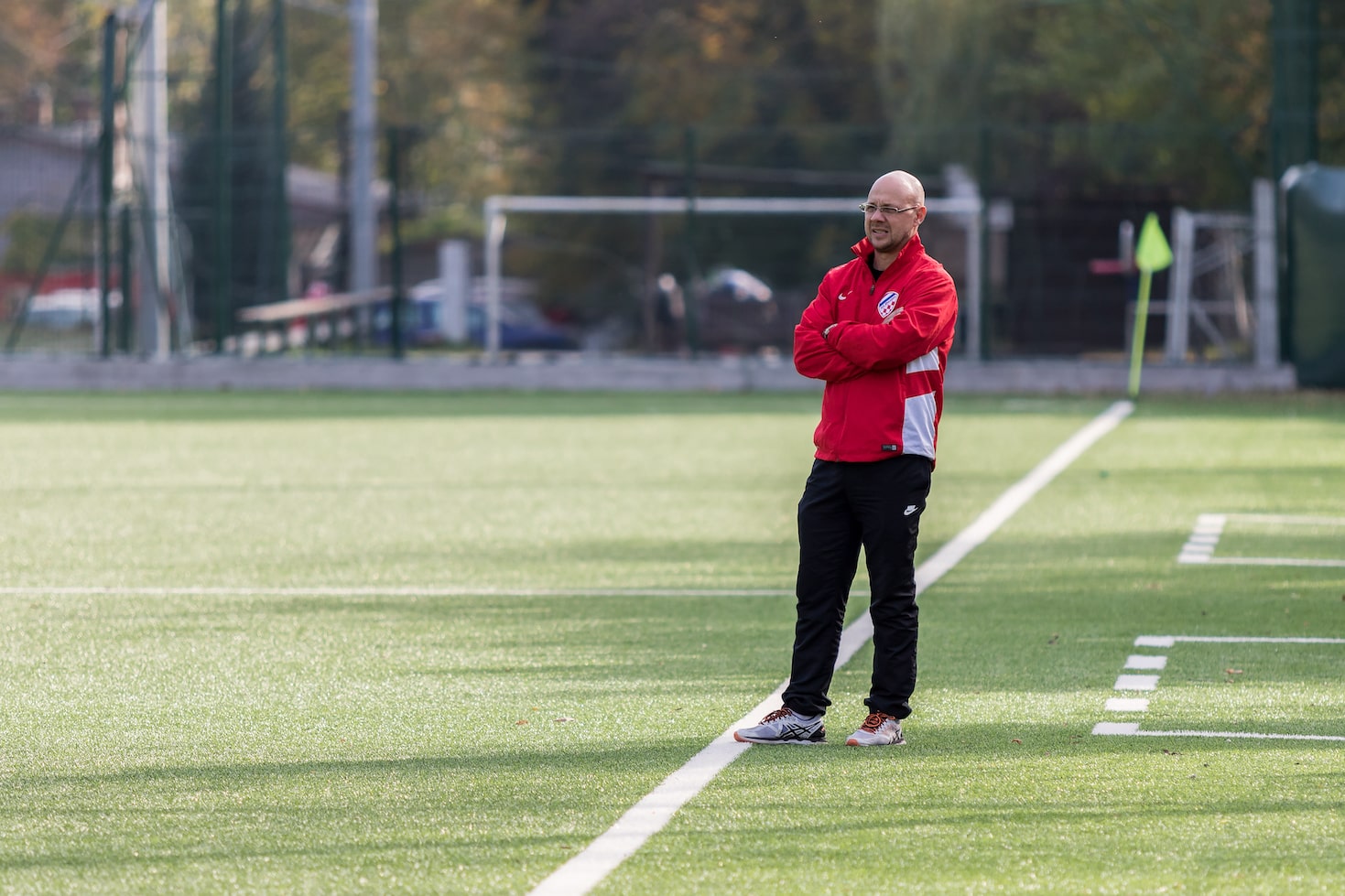
Utilizing video analysis
Utilizing video analysis can greatly enhance the effectiveness of crossing drills in football. By recording and reviewing gameplay footage, coaches can provide valuable feedback and insights to players. Video analysis allows coaches to highlight both successful and unsuccessful crosses, enabling players to see their positioning, timing, and technique from a different perspective. This visual feedback can help players identify areas for improvement and make necessary adjustments to their approach. Coaches can also use video analysis to study the crossing techniques of professional players and teams, providing inspiration and new ideas for drills and strategies. By incorporating video analysis into their coaching sessions, coaches can provide a more comprehensive and personalized learning experience for their players, ultimately helping them to become more proficient in executing successful crosses on the field.


Improve Your GameJust 1.99 p/m
Exclusive drills and sessions, get involved today!
- 100’s of Drills
- Coach to Camera Videos
- Sessions from Pro’s
- Industry Leading Advice
Conclusion
In conclusion, crossing drills are a vital component of soccer training sessions and play a crucial role in developing players' technical abilities, decision-making skills, and overall understanding of the game. Coaches should aim to incorporate a variety of variations and progressions to keep players engaged and challenged. Additionally, utilizing video analysis can greatly enhance the effectiveness of these drills by providing valuable feedback and insights to players. By combining these strategies, coaches can ensure that players are equipped with the necessary skills and knowledge to execute successful crosses on the field. So, whether you're a seasoned coach or just starting out, make sure to include these valuable drills in your training sessions to help your players excel in crossing and ultimately improve their overall performance in the game.
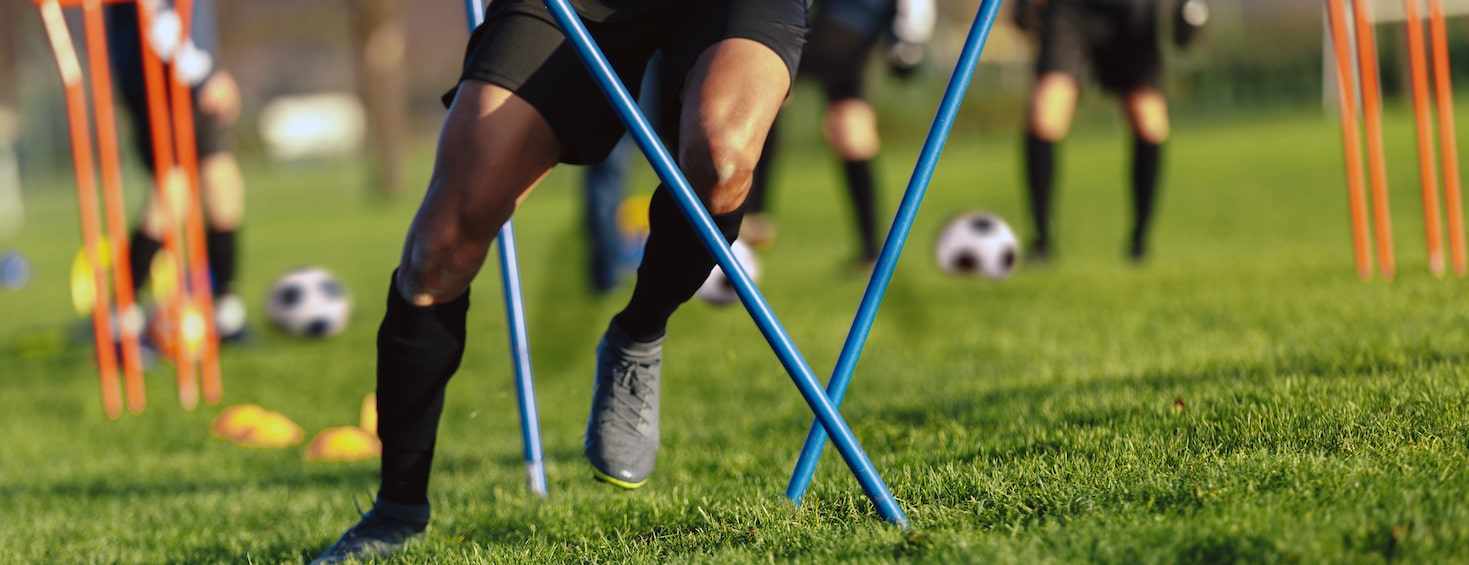
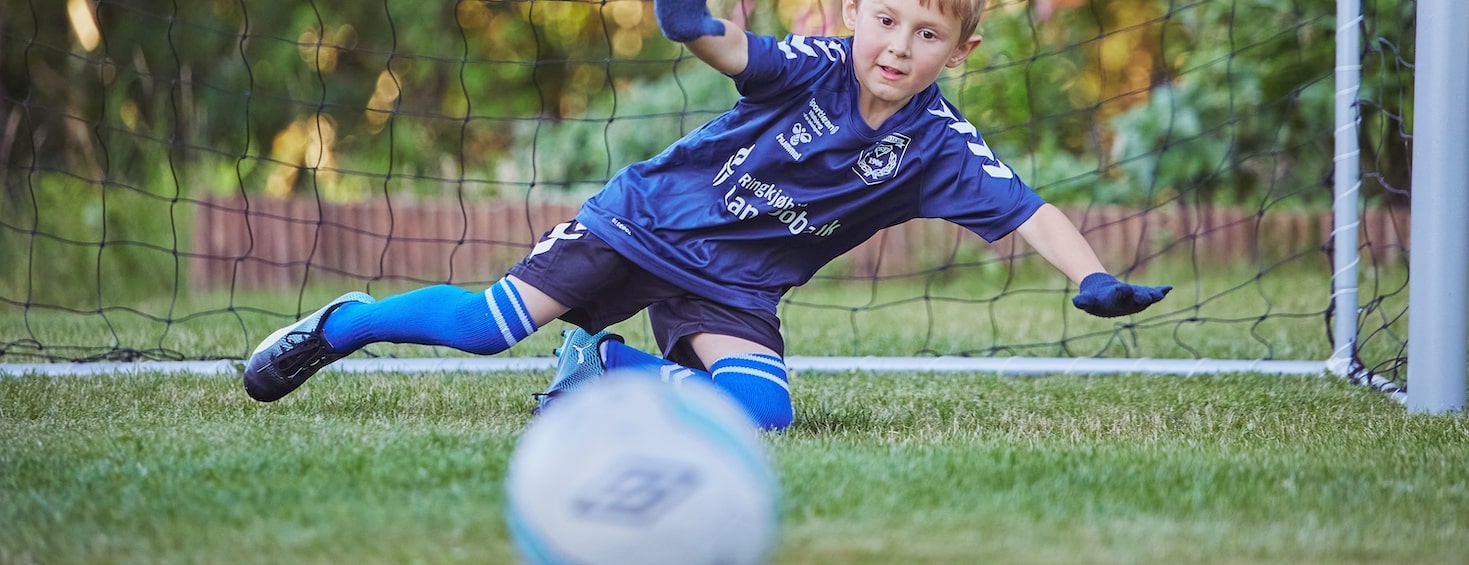
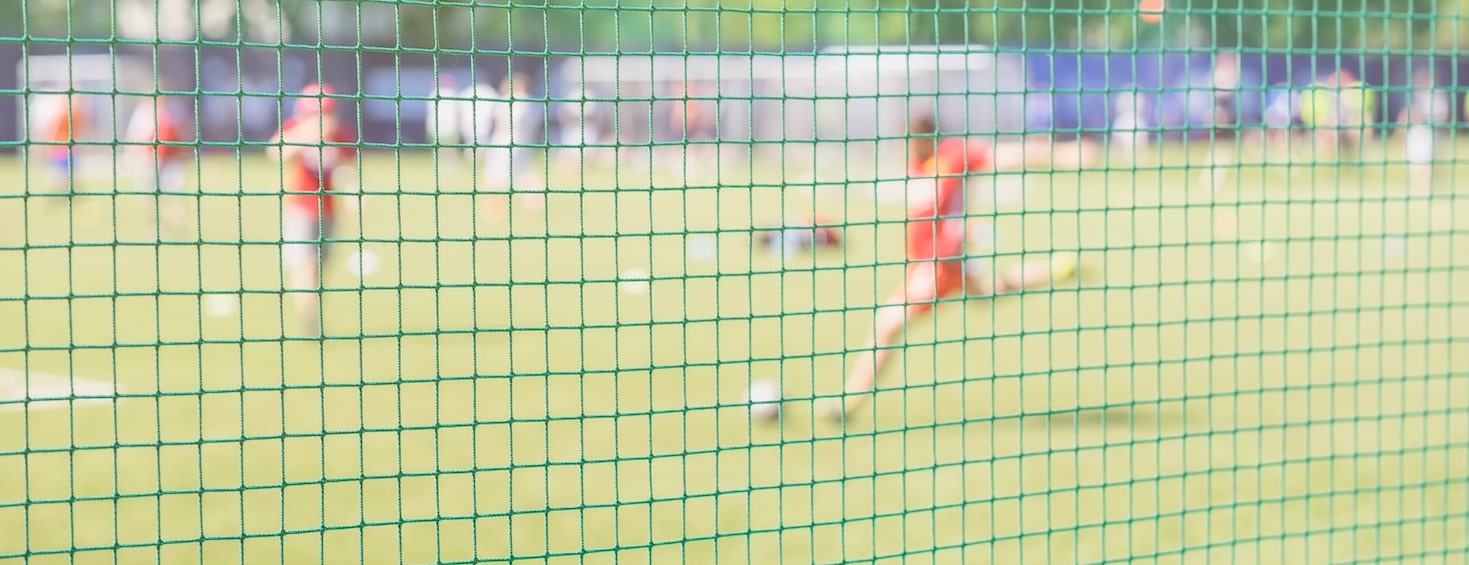
Cupello
Rethinking soccer coaching via our industry leading tools. Built to offer effective coaching development solutions for players and coaches of all levels.